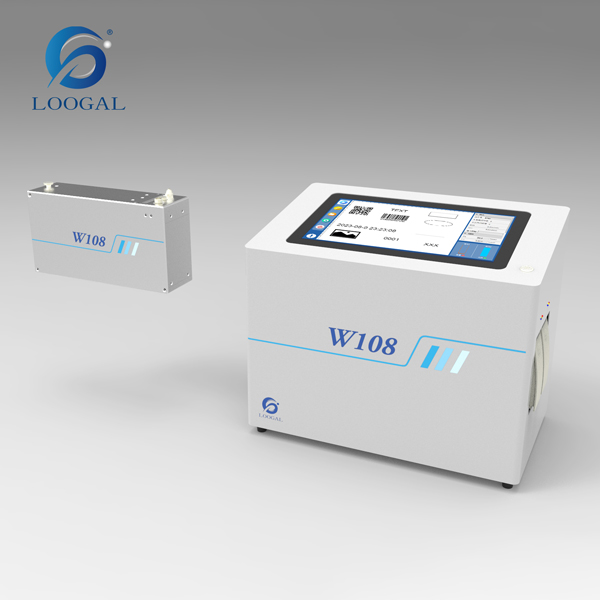The Benefits of Implementing a "One Item, One Code" System for Businesses
Implementing a "one item, one code" system can be a game-changer for businesses looking to streamline their product distribution and protect their operations. But what exactly does this system entail, and how does it benefit companies? Let’s break it down.
What Is "One Item, One Code"?
At its core, "one item, one code" involves assigning a unique identifier—think of it as a digital fingerprint—to every single product. These identifiers, which can be barcodes, QR codes, or labels, are generated through an anti-channel conflict system and attached to each item. When products move in or out of inventory, these codes are scanned and linked to specific agents or distributors. This allows businesses to track their products from production all the way to the point of sale, ensuring full visibility and control over the distribution process.

Key Advantages of the System
Here’s how "one item, one code" delivers real value to businesses and their partners:
1. Early Detection of Channel Conflict and Product Flow Tracking
Channel conflict—when a distributor sells products outside their assigned region—can disrupt markets and hurt profitability. With "one item, one code," businesses can spot this behavior instantly. The system flags unauthorized sales, sends alerts, and provides detailed information about the incident, enabling quick, targeted action. By tying each product’s unique code to a specific area or agent, companies gain a clear picture of where their goods are going, helping them monitor and prevent malicious channel conflict effectively.
2. Understanding the Anti-Channel Conflict System
The "one item, one code" anti-channel conflict system works by giving each product a unique logistics code. This code can be applied in various ways—labels, integrated tags, laser engravings, or inkjet printing—and is scanned throughout the supply chain to monitor product movement. Beyond tracking, these codes can double as tools for anti-counterfeiting and marketing. Consumers can scan them to verify authenticity or join promotional activities, while businesses collect valuable data on product flow and customer behavior.
3. Problems Solved by "One Item, One Code"
This system tackles several common challenges:
-
Data-Driven Insights: It collects real-time data from sales and distribution, helping businesses gauge market demand and make informed decisions.
-
Full Lifecycle Tracking: Companies can follow their products from production through storage, sales, and even after-sales support.
-
Fighting Channel Conflict and Fakes: By keeping tabs on product movement, the system helps prevent unauthorized sales and counterfeiting, boosting management efficiency and protecting business interests.
4. Benefits for Businesses and Agents
-
For Businesses: The system combats counterfeiting, channel conflict, price manipulation, and unauthorized distribution. It also streamlines operations by enabling online management of inventory, products, and agents. For example, businesses can authorize agents, process orders, and track performance—all from a centralized platform.
-
For Agents: Agents get a clear view of their orders, performance metrics, and team details (like sub-agents’ activities), making their workflows smoother and more efficient.
Why It Matters
In short, "one item, one code" empowers businesses to regulate their sales channels, stabilize pricing, and maintain market order. It provides the tools to understand market dynamics, protect brand integrity, and optimize distribution—all while making life easier for agents. For companies aiming to stay competitive and in control, it’s a smart, practical solution.




